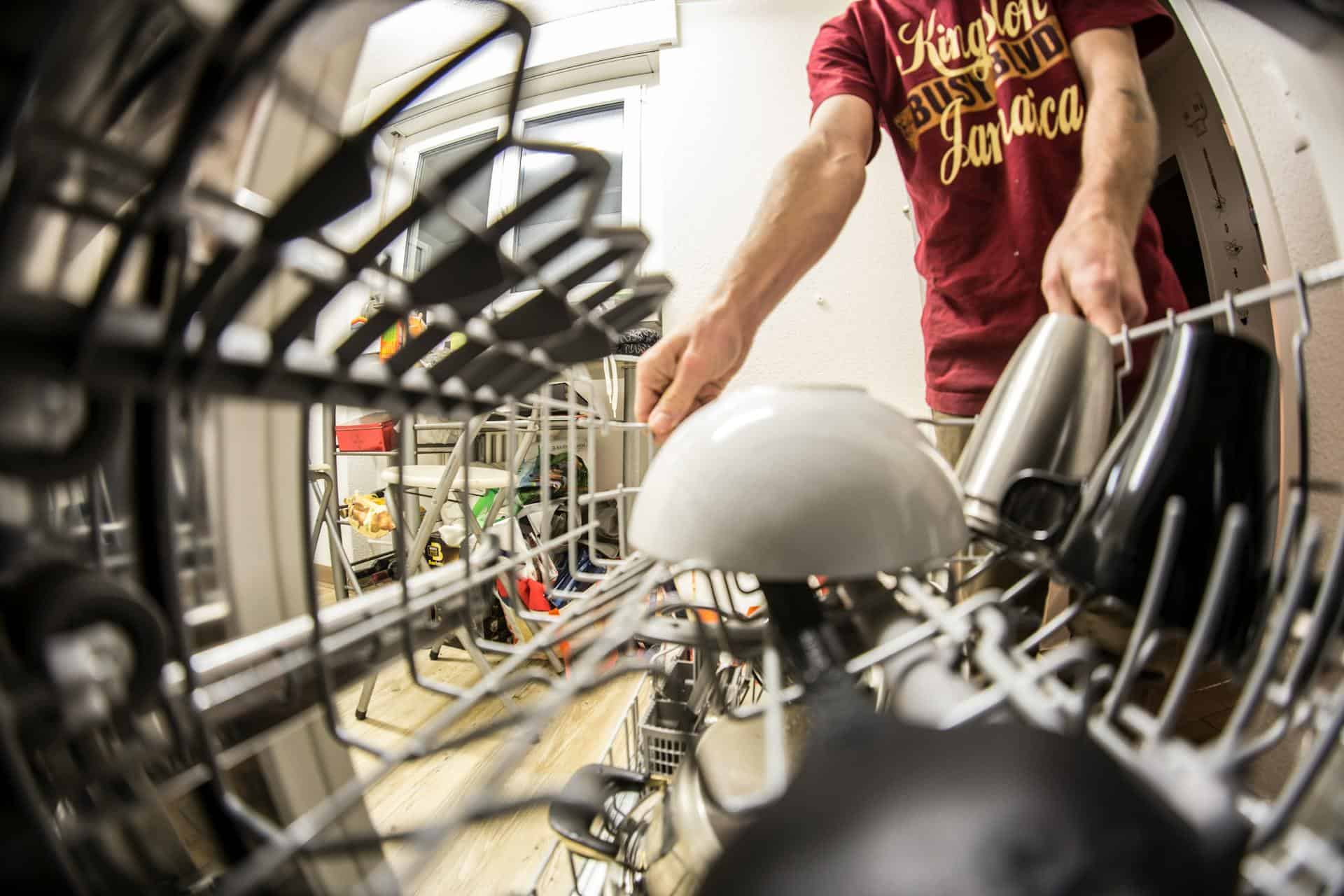
Question: What Is the Most Common Failure on a Dishwasher?
Answer: The most common failures on a dishwasher include a clogged drain or spray arm, which stop proper cleaning. Other common problems include a faulty door latch, a malfunctioning pump/motor assembly, or a defective heating element.
Dishwasher Woes: Getting Your Appliance Back on Track
Dishwashers are a modern convenience, but when they act up, it can quickly become a headache. Is your dishwasher leaving dishes dirty or failing to drain properly? This guide looks into the most common reasons your dishwasher might not be performing, from simple fixes you can do yourself to identifying issues that might require a professional.
Understanding these frequent culprits empowers you to troubleshoot effectively, saving you both time and money. Let’s get your dishwasher back to delivering sparkling results!
When Dishes Aren’t Clean: Understanding Blocked Spray Arms
One of the top reasons for poorly cleaned dishes is blocked spray arms. Over time, food particles and mineral deposits can clog the tiny jets on the spray arms. This blockage restricts water flow, meaning your dishes don’t get the thorough rinse they need.
To fix this, inspect the spray arms for any visible debris and remove it. For stubborn mineral deposits, try soaking the spray arms in vinegar. You can also use a toothpick or a small wire to clear out individual holes.
Click here for more information on cabinet refinishing in Toronto
Related Article: Why Do Dishwashers Break So Often?
Related Article: Is It Worth It to Fix a Dishwasher?
The Impact of Improper Loading
Believe it or not, how you load your dishwasher significantly affects its cleaning power. Overloading restricts water circulation and prevents detergent from reaching all surfaces. This often leads to dishes coming out with food residue still clinging on.
Always avoid overcrowding. Refer to your dishwasher’s manual for the best loading practices to ensure proper spacing and maximum cleaning efficiency.
Detergent Dilemmas: Using the Right Stuff
The type and amount of detergent you use are crucial. Too little detergent will leave dishes dirty, while too much can leave a cloudy residue. It’s about finding the right balance.
Always opt for a high-quality dishwasher detergent and strictly follow the manufacturer’s instructions for dosage. If you have hard water, you might need to use a little more detergent or incorporate a rinse aid for optimal results.
Water Flow Issues: The Faulty Inlet Valve
The water inlet valve is responsible for controlling the flow of water into your dishwasher. If this valve malfunctions, it can lead to insufficient water during cycles or even continuous filling. Either scenario will disrupt the cleaning process.
Testing a water inlet valve typically requires a multimeter. If it’s found to be faulty, replacing it is often necessary and usually best handled by a qualified technician.
When Water Won’t Drain: A Clogged Drain
If dirty water remains in your dishwasher after a cycle, you likely have a clogged drain. This stagnant water can redeposit food particles back onto your “clean” dishes. Common culprits for clogs include food debris, broken glass, or other small objects.
Start by locating and inspecting the drain filter, removing any obstructions you find. Also, check the drain hose for any kinks or blockages that might be preventing water from exiting.
Conclusion – What Is the Most Common Failure on a Dishwasher?
The most common dishwasher problem stems from its inability to clean dishes properly, often due to several underlying factors. Fortunately, many of these issues can be resolved with simple steps.
Regular maintenance is key to preventing most dishwasher woes. Make it a habit to clean your dishwasher regularly, paying special attention to the spray arms and filters. Always use the correct type and amount of detergent, and ensure you’re loading dishes properly. By addressing these common causes, you can look forward to consistently sparkling clean dishes and a smoothly functioning appliance.

Blue Malue Get in touch with Blue here.
